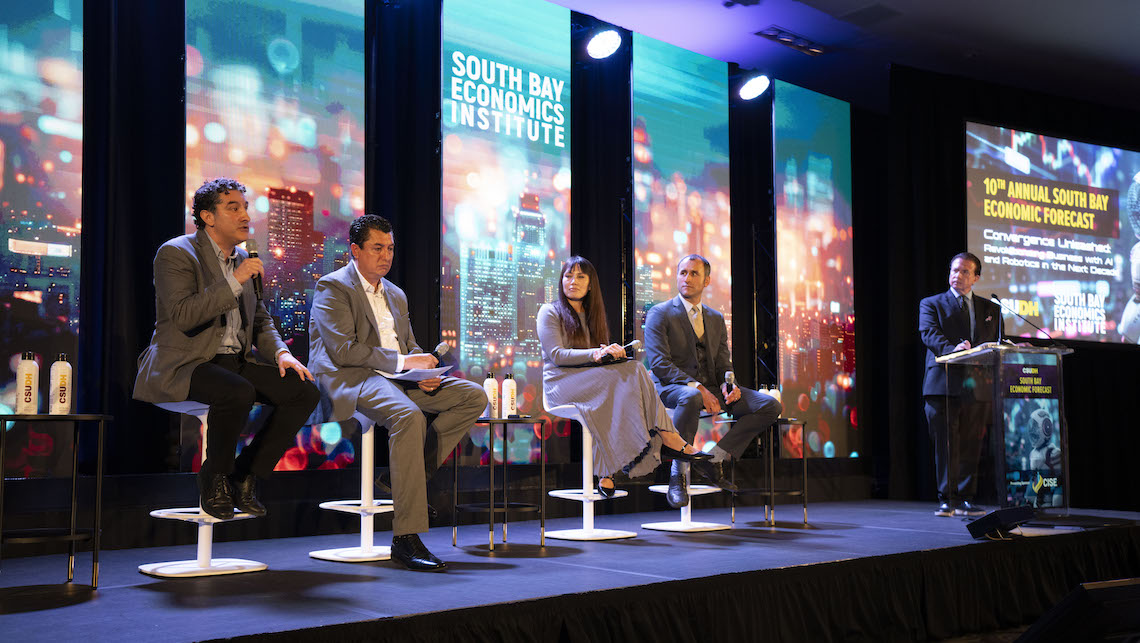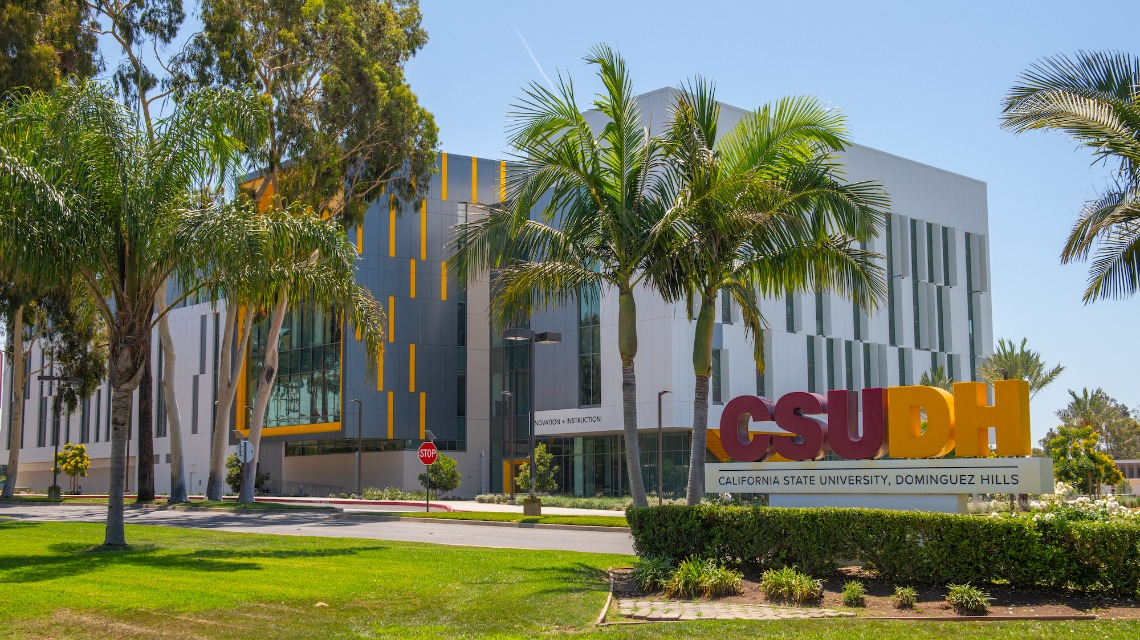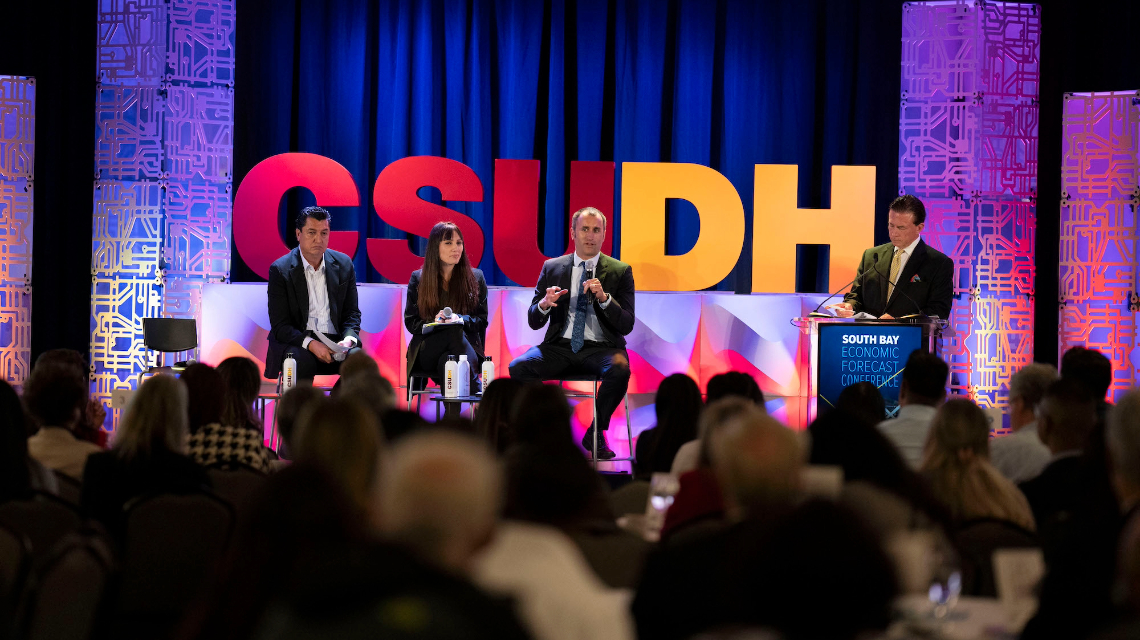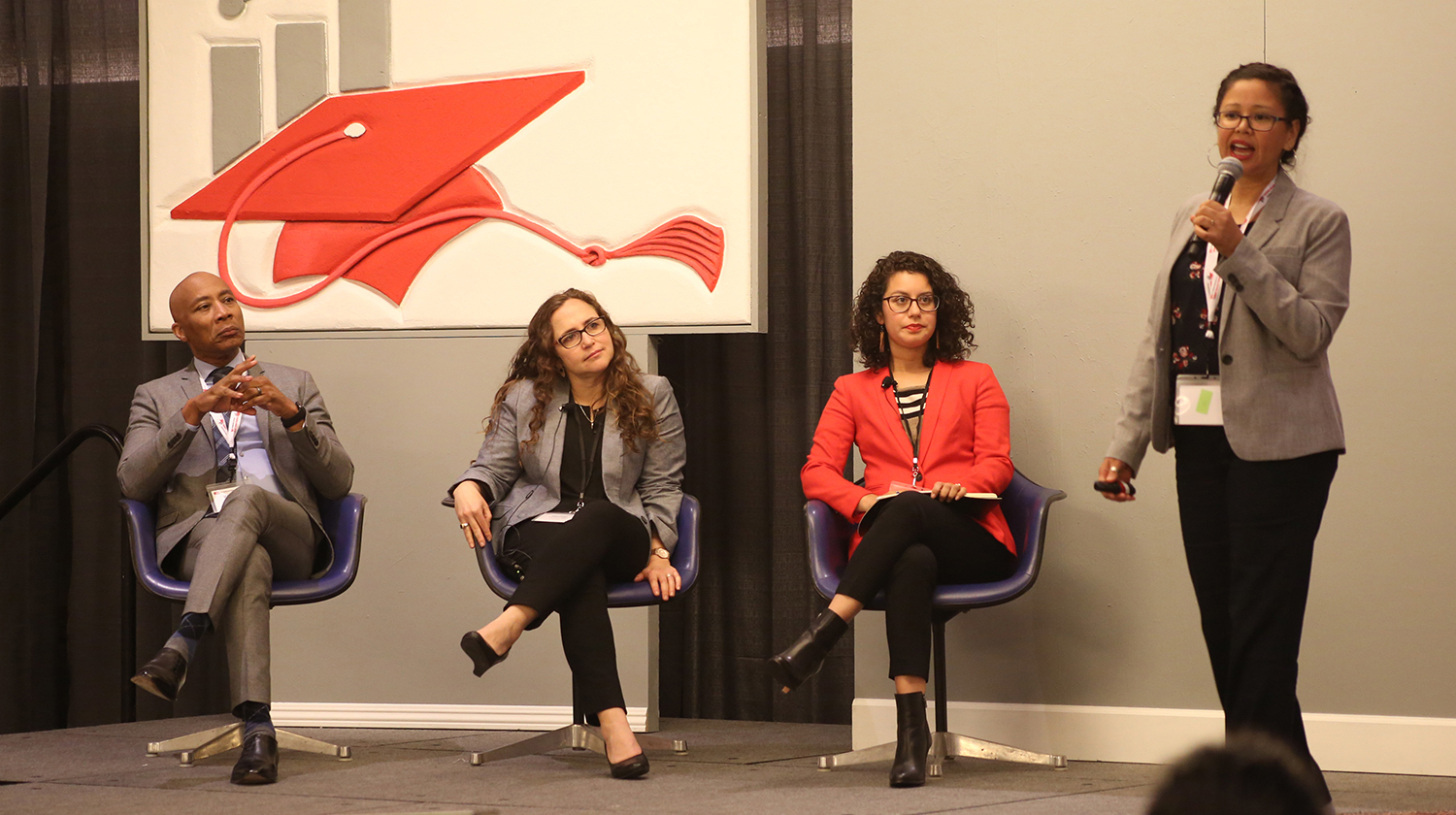 Source: Daily Breeze
Source: Daily Breeze
How fired up is the South Bay and Long Beach – economically, at least – since the legalization of marijuana four years ago?
The region could soon find out after Carson’s Cal State Dominguez Hills received a $1.8 million, two-year state grant to study the costs and benefits of the cannabis industry in several diverse communities the university serves.
Those include Torrance, Hawthorne, Carson, Inglewood and Lawndale in the South Bay, as well as Long Beach, Compton, the unincorporated county community of Willowbrook and the L.A city neighborhood Watts.
Cal State Dominguez Hills researchers said in their grant application that the region they will focus on has more than 220 legal cannabis dispensaries and a combined population of about 4.5 million, or about 12% of the state’s total population.
“It really is a unique opportunity,” said Fynwinn Prager, cofounder of the South Bay Economics Institute, one of the study’s three collaborators at the school. “No other studies that I’ve heard of have looked at a particular region this closely.
“The south Los Angeles study region is a particularly fascinating one,” he added, “as there are municipalities with different approaches to regulating cannabis in terms of growing, distribution and sales.”
The College of Business Administration and Public Policy will conduct a comprehensive economic analysis on job creation, cannabis revenue, tax generation and evasion, and other issues.
The university’s Dymally African American Political and Economic Institute, which spearheaded the grant application, will assess how recreational and medical marijuana has affected criminal justice policies across communities.
The Dominguez Hills grant was one of almost three dozen grants, totaling nearly $30 million, the California Bureau of Cannabis Control awarded to universities across the state to study the industry.
Prager said the grant – one of just two awarded to Cal State schools – was a reflection of how the university interacts with the South Bay
“It really speaks volumes to the fact we are able to engage in our local community in a different way,” Prager said, “and to study it in a way that’s really useful for policy makers, not just in this region, but across the state.”









